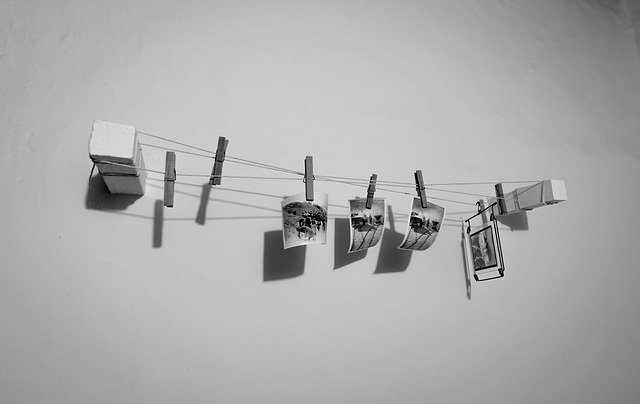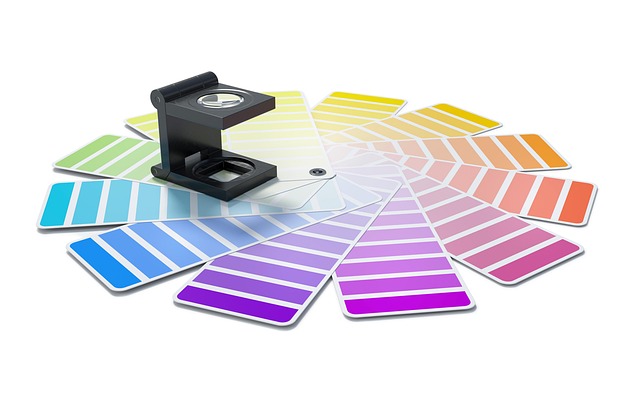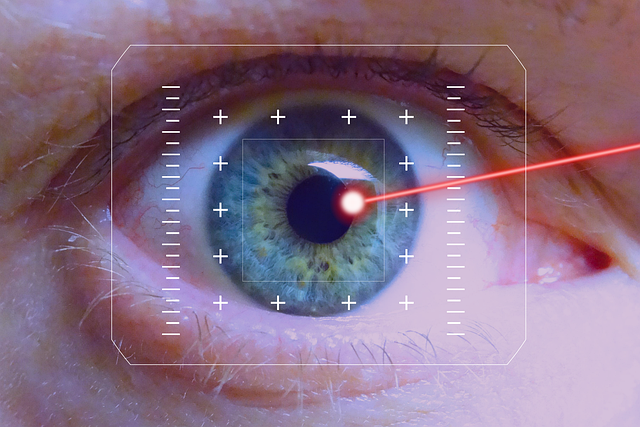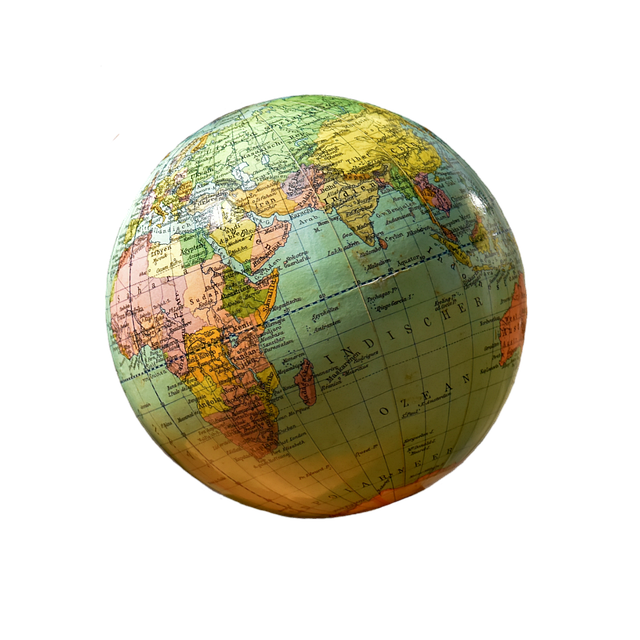Unveiling the Art of Design: Darkroom Secrets in Photography
The darkroom, a sacred space for photographers, serves not only as a functional area for developing film but also as a realm of creativity where art and design intertwine. Stepping into a darkroom is like entering a hidden sanctuary, where the ordinary transforms into the extraordinary through a delicate blend of technique and imagination.
In the soft glow of a dim red light, you find yourself enveloped in the alchemical process of bringing your vision to life. The smell of chemicals, the sound of water gently sloshing, and the distant click of the enlarger create an ambiance that ignites your creative spirit. This is where photography transitions from mere clicking of buttons to a true art form—where every measured exposure and thoughtful manipulation becomes part of a larger design.
The Influence of Light
Light is a photographer’s best friend and the essential element that helps shape the reality captured on film. In a darkroom, the art of design manifests through various exposure times, the choice of paper, and the nuances of dodging and burning. Each decision made in this intimate setting can alter the final outcome of an image, transforming it into a masterpiece that speaks to the soul.
Utilizing light creatively allows photographers to play with contrasts and tonality, giving depth and dimension to their work. The act of developing photographs becomes a dance of light and shadow, where each print can communicate a different emotion, a unique story, or an entirely new perspective. Through this meticulous process, the photographer emerges not just as a technician, but as a designer conjuring intricate compositions that provoke thought and evoke feelings.
Color and Texture
While black-and-white photography has its timeless charm, the darkroom also offers the tantalizing option of color development. The ability to manipulate colors lends itself beautifully to the art of design, allowing photographers to create striking visuals that captivate the viewer’s attention. Whether it’s a subtle pastel palette or vibrant, saturated hues, the choices made in the darkroom become essential design elements that define the final aesthetic of an image.
Texture is another integral aspect that comes to life in the darkroom. The grain of the film, the choice of paper, and even the chemical mixtures used can contribute to the tactile quality of a photograph. It’s in this careful curation of design elements that images transcend the ordinary, delivering a sensory experience that resonates deeply with those who gaze upon them.
The Personal Touch
Creating in a darkroom is an immensely personal journey. It provides photographers with the opportunity to imprint their vision and emotion onto each print. This intimacy fosters a deeper connection between the artist and their work, transcending the initial act of capturing an image. Here, art and design evolve hand in hand, with every pull of the lever and dip in the developer reflecting the artist’s unique style and sensibility.
In this world of tangible connection to one’s craft, photographers can experiment, innovate, and explore without the constraints often imposed by digital technology. The darkroom is a playground for the imagination, allowing for the manifestation of ideas that might not have been explored otherwise, encouraging artists to push boundaries and redefine the art of photography.
As we delve deeper into the fascinating process of darkroom photography, we unearth not just technical skills, but the profound understanding of design as a fundamental component of visual storytelling. Each photograph becomes more than just an image; it transforms into an emotive experience that invites dialogue and introspection.




